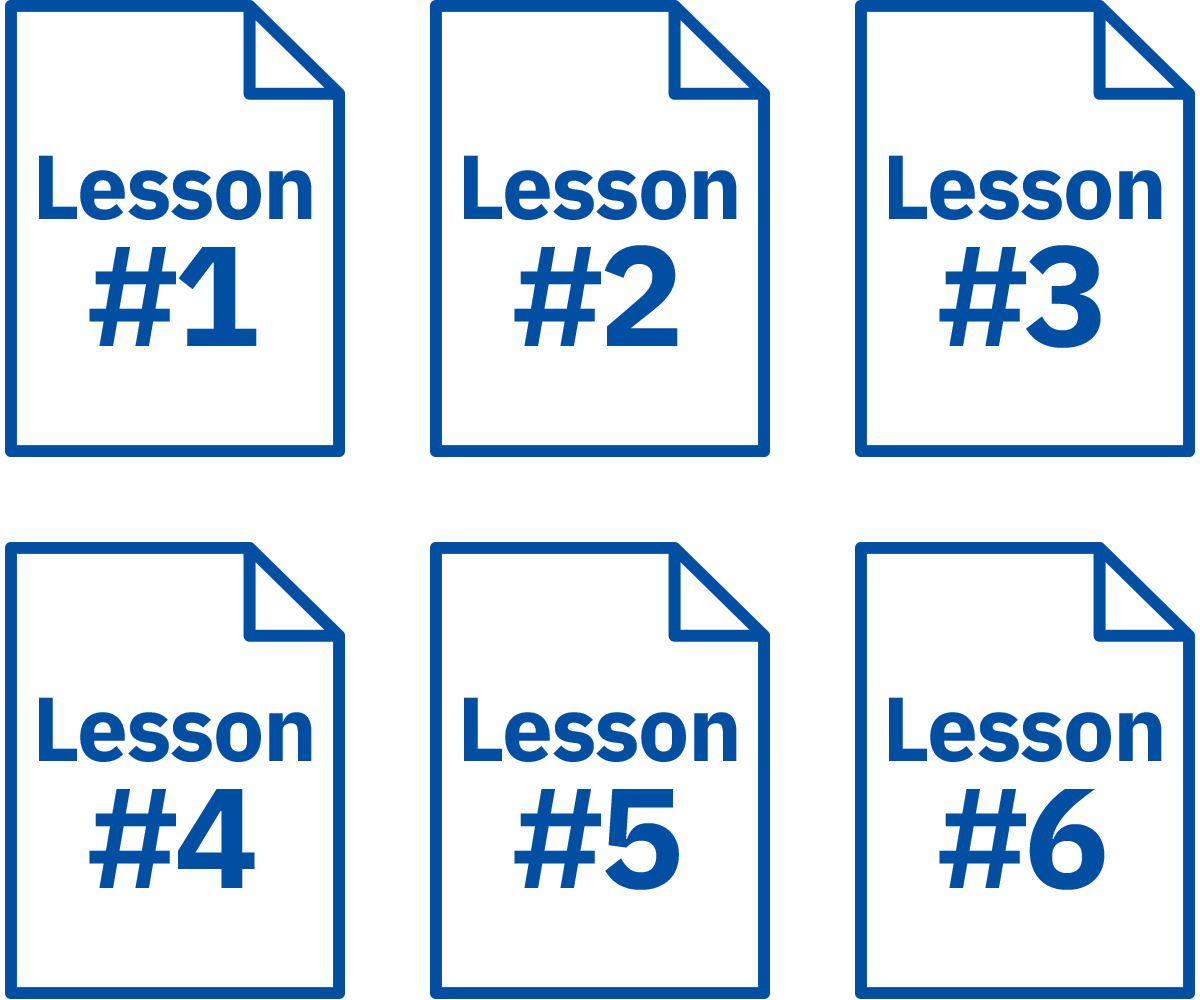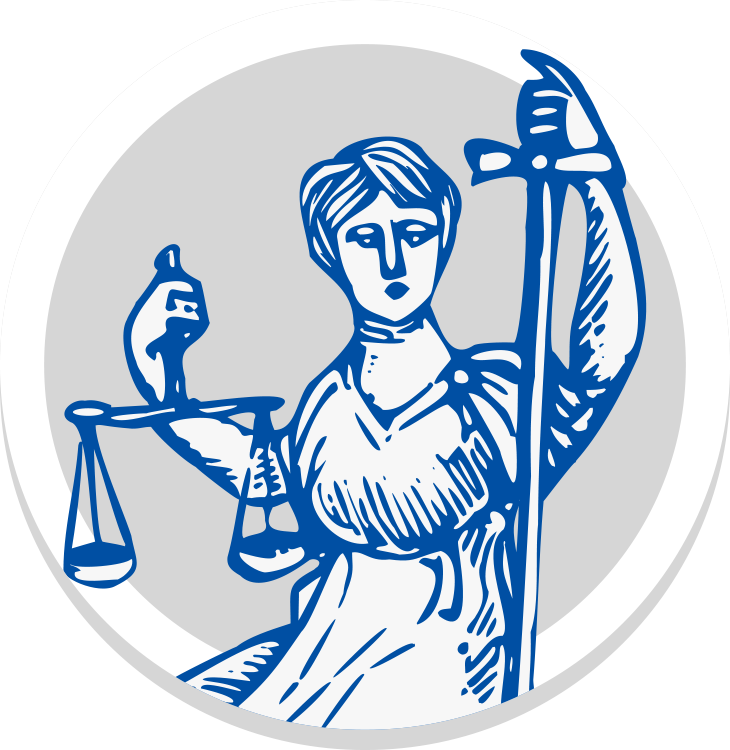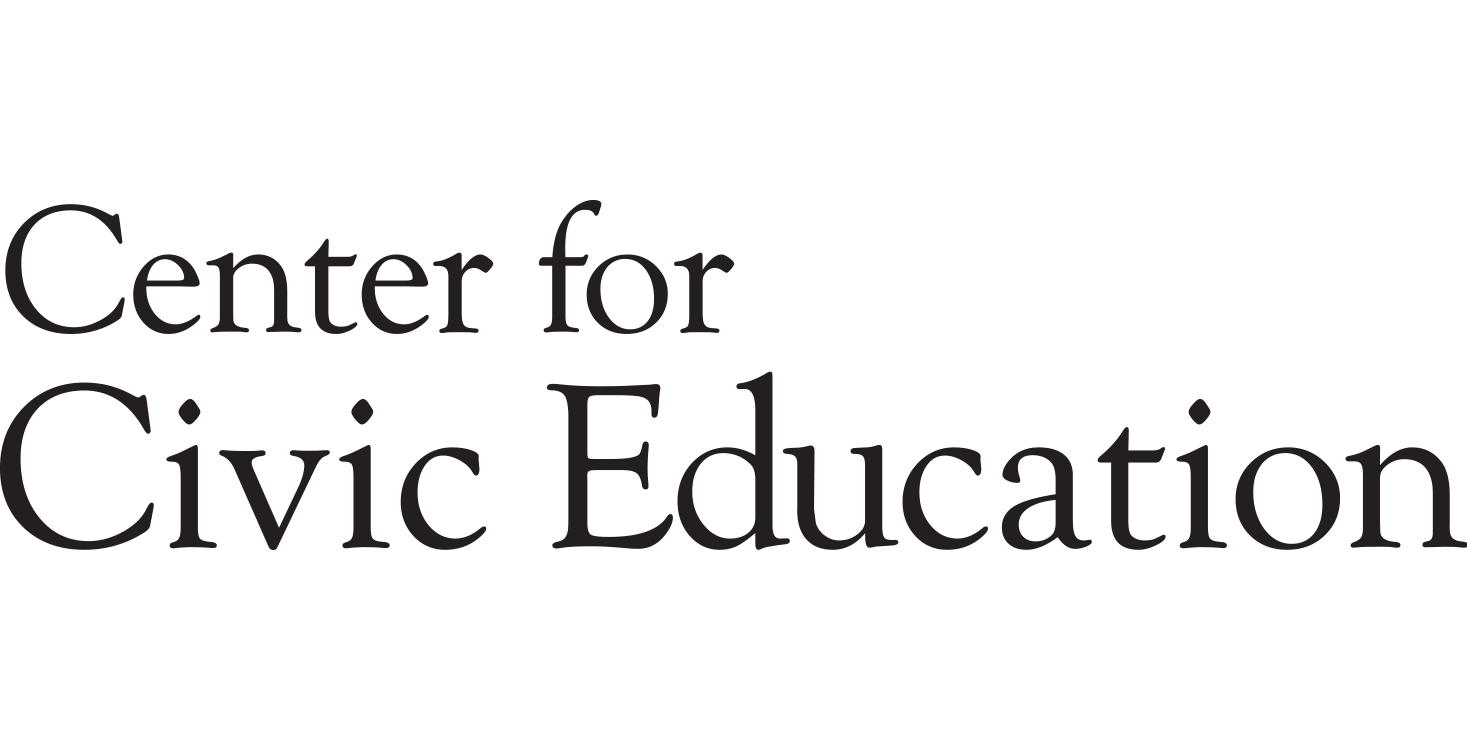How to Use We the People
The curriculum covers the origins of the Constitution, its historical development, its functioning over 235 years, and the contemporary challenges it faces in the 21st century. The student text is divided into units of study, and each unit is subdivided into individual lessons.

Modular and Supplemental
Units or individual lessons may be used in whole or in part, sequentially, or in random order, or even separate from the rest of the curriculum. While We the People is supplemental, it can also be used as a course's sole curriculum, if you wish.

What’s in the Student Book?
- Lesson Purpose: This introductory paragraph gives students a glimpse of this lesson's material.
- Lesson Objectives: These statements provide students with an awareness of what they should know and be able to do upon completion of the lesson.
- Terms to Understand: Each lesson begins with a list of essential words and concepts. Students may utilize quizzes—such as multiple choice, fill-in-the-blank, matching, or correctly using the term or concept in a sentence—to test their knowledge of the terms and concepts.
- Critical Thinking Exercises: This feature offers another opportunity to assess students’ capacity to develop and defend an argument and to support it with evidence.
- What Do You Think?: This feature can assess student understanding as the lesson progresses. The questions in this segment help teachers check for understanding, conduct a class discussion, or, more formally, have students prepare essays or write position papers.
- Reviewing and Using the Lesson: This feature can be used as a quiz at the end of each lesson to evaluate whether students have learned the material covered in the lesson. Or it can be used as a homework assignment to review the material covered.
- Activities: Found immediately after Reviewing and Using the Lesson, this section provides optional activities to substitute, support, or enrich the lesson.
- Reference Section: Found at the end of the student book, it contains significant documents often used in the lessons: For example, the Declaration of Independence or the U.S. Constitution.
The We the People materials are designed to align with social studies and civics standards. The curriculum materials will be supplemental to the material you already use in your classroom, although some classes use it exclusively. Here are some ways you can incorporate the curriculum into your instruction:
Structured Lesson Plans
The curriculum provides structured lesson plans and materials for teachers. Educators can follow these plans to ensure comprehensive coverage of constitutional topics.
Debate and Discussion
Use the curriculum as a basis for class debates and discussions. Encourage students to explore different perspectives on constitutional issues and engage in civil discourse.
Research Projects
Assign research projects based on specific constitutional topics covered in the curriculum. Such assignments encourage independent learning and critical thinking.
Current Events Analysis
Connect the curriculum to current events and contemporary issues. As a class, discuss how constitutional principles apply to real-world situations.
Essay and Writing Assignments
Give assignments requiring students to analyze constitutional issues and express their opinions coherently.
Critical Thinking Exercises
Incorporate exercises like case studies and hypothetical scenarios to challenge students' understanding of constitutional concepts.
Assessment and Quizzes
Use the provided assessment materials and quizzes to gauge students' understanding of the material.
Simulated Congressional Hearings
Teachers can organize simulated congressional hearings in classrooms or schools. This activity allows students to apply their knowledge through discussions and presentations about constitutional issues.







